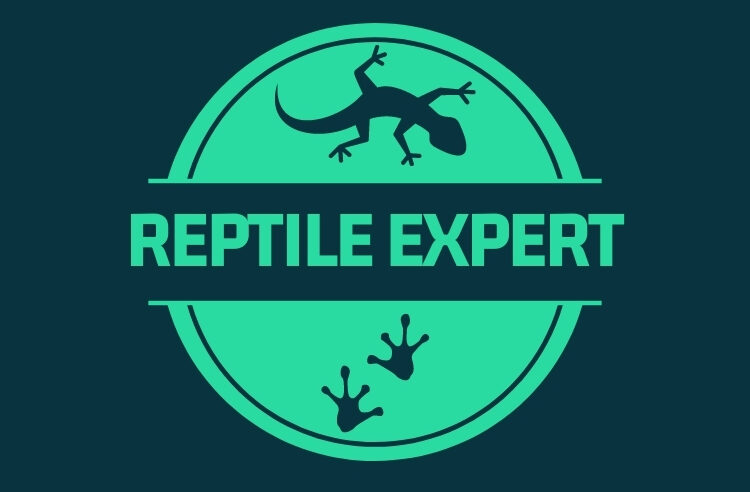The story of Project Heloderma sounds like the plot of a Hollywood blockbuster; a young, idealistic scientist who teams up with a grizzled and cynical animal smuggler to bring a virtually unknown creature back from the edge of extinction. The difference is, this time it’s all true – and, incredibly, was pulled off with an initial budget of only $40-a-month!
Venomous Bite
Both the Beaded Lizard (Heloderma horridum) and its close relative the Gila Monster (Heloderma suspectum) are venomous – and for many years they were believed to be unique amongst the world’s lizards for this reason, though it now seems that venom may be more prevalent than was first though.
While human fatalities from the bite of these creatures are very unusual, among the villagers of Guatemala, they inspired a colourful range of myths, which though biologically fanciful, ensured that the Beaded Lizard was far from popular – and often simply killed on sight. This reptile’s breath, according to folk-lore, causes dizziness and having confused its hapless victim, it then uses its tail to sting, with a venom so potent that it can kill simply by touching a person’s shadow.
With PR like that, it’s hardly surprising that persecution by local people ranked alongside habitat loss and illegal collection for the exotic pet market as major drivers on its route towards extinction.
Project Origins
The first scientifically recorded sighting of what was named and formally described four years later as the Guatemalan Beaded Lizard (H. horridum charlesbogerti) took place in 1984, but when no more living examples were found by the mid-1990s, it began to look as if the reptile had almost certainly died out. In 2002, the Guatemalan organisation, Zootropic, began a wide-ranging conservation initiative to safeguard the future of the country’s lizard-life, which ultimately led the then 20 year old undergraduate student, Daniel Ariano, to take on the challenge of finding out if it really had.
The early days of the project truly do unfold like a story from a film; funded on a shoestring and with no spare cash to provide a vehicle, Ariano was forced to do a 14-hour round trip by bus from Guatemala City to the lizard’s habitat in the Montagua Valley. His attempts to discover all that he could about this elusive and little-known species from the villagers ultimately led him to see an article in a newspaper about one man – described as a local poacher – who caught native animals for the wildlife trade. What caught Ariano’s eye was not the story, but the accompanying photograph; Gilberto Salazar was holding the unmistakable shape of a Beaded Lizard!
Poacher Turns Gamekeeper
With the proof in his hands that – at least until very recently – these rare reptiles were still alive and one person knew how and where to find them, Ariano set out to track down Salazar. In all the best traditions of the cinema, their first meeting was a predictably tense one, with Salazar holding Ariano at gunpoint, while the young scientist tried to explain what he was hoping to do. Salazar had obviously seen all the right films himself; a brief show of reluctance, followed by an agreement to show the outsider where the lizards could be found and then, in the final reel, the poacher turns gamekeeper, becoming one of the project’s staunchest supporters!
The Future
Although H. h. charlesbogerti has not, to date, been formally declared a subspecies, the Guatemalan form of the Beaded Lizard is undoubtedly endangered – and possibly critically so. An estimated total population of no more than 200 animals live in an isolated area of dry-forest described as “the size of a cattle ranch in Texas.”
Their future is, clearly, uncertain, but the successes of Project Heloderma in improving the understanding of this creature in the wild, helping to conserve its natural habitat, educating and increasing local awareness and beginning a re-introduction programme have bought them some time.
Things are looking more positive too; there is some cause for cautious optimism. The project is no longer run on a shoestring; the International Reptile Conservation Foundation and Zoo Atlanta have joined Zootropic as principal partners in the initiative and the Beaded Lizard has become a flagship species for wildlife and habitat conservation in the region. Not a bad result for a reptile that hardly anyone had ever heard of and seemed to be destined for extinction within little more than a decade of its discovery.
Who says life can’t be like the movies?
